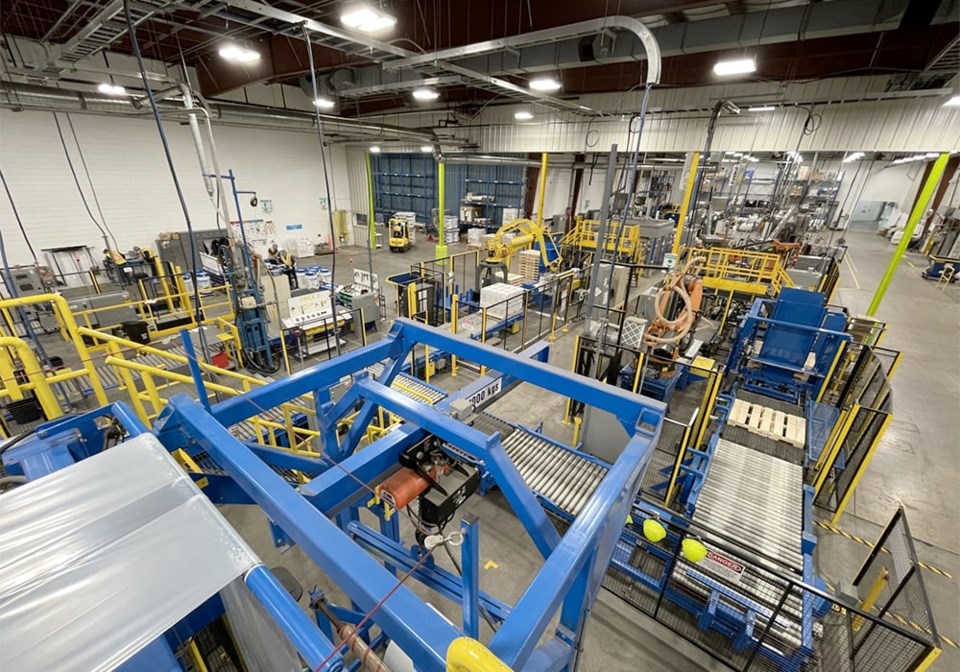SASKATOON — There is no looming supply shortage of glufosinate, says the leading supplier of the product.
BASF says it is well positioned heading into the 2024 growing season with ample supplies of its Liberty 150 SN product available through its retail partners.
The company is responding to reports from other suppliers that are advising farmers to lock up supplies of glufosinate and glyphosate today.
Those competing suppliers say growers have been holding off on their purchases of the popular herbicides because prices have been plummeting and they want to be sure prices have bottomed out before buying.
The competing suppliers warned growers not to dally because it may be too late to organize shipments of product from China by the time they decide to pull the trigger on a purchase.
But BASF, which supplies more than three-quarters of Canada’s glufosinate, says growers shouldn’t feel pressured to buy the chemical because it has plenty of product at its Regina formulation, packaging and distribution facility.
“We’re really confident in our ability to provide product to farmers in Western Canada,” said Chris Hewitt, BASF’s canola market manager.
The company spent $14 million upgrading its Regina facility a few years ago. It produces 30 million litres of agricultural chemicals annually, supplying more than half of BASF Canada’s crop protection needs.
BASF learned some valuable lessons during the pandemic years, when supply chain issues led to product shortages.
The company has diversified its list of suppliers delivering raw materials to the Regina formulation plant and has bumped up its production schedules so there is “runway” to produce more supply if needed come spring.
Hewitt said it feels like the industry has finally “turned a chapter” on those pandemic supply chain troubles.
He said the upgrades at the Regina plant mean the company can formulate and deliver crop protection products across the country often within 24 hours of the request.
“It does put us in a very good position to know what supply is going to look like in the Canadian market and our ability to provide that assurance to both retailers and farmers that we’re able to meet their demands,” said Hewitt.
He agreed with the other suppliers that growers appear to be taking their time to make their chemical purchasing decisions this year.
That is fine, but he encouraged farmers to at least speak to their retailers about what their needs might be.
He doesn’t see anything on the horizon that is going to cause a big surge in glufosinate prices.
“Right now, I don’t think there is any cause for alarm,” said Hewitt.
Glufosinate is a popular chemical with Canadian growers because three-quarters of their canola acres are Liberty Link, he said.
Agriculture Canada is forecasting 21.75 million acres of canola, a 1.5 percent decline from last year. Hewitt said that sounds about right.
BASF reinvests 11 cents of every dollar it earns in research and development. Some of that money is being spent on ways to improve its Liberty herbicide.
“That’s something we’re working on in the background,” said Hewitt.
He also hinted that there will be some new chemical products coming down the pipeline in 2025.
Contact [email protected]




